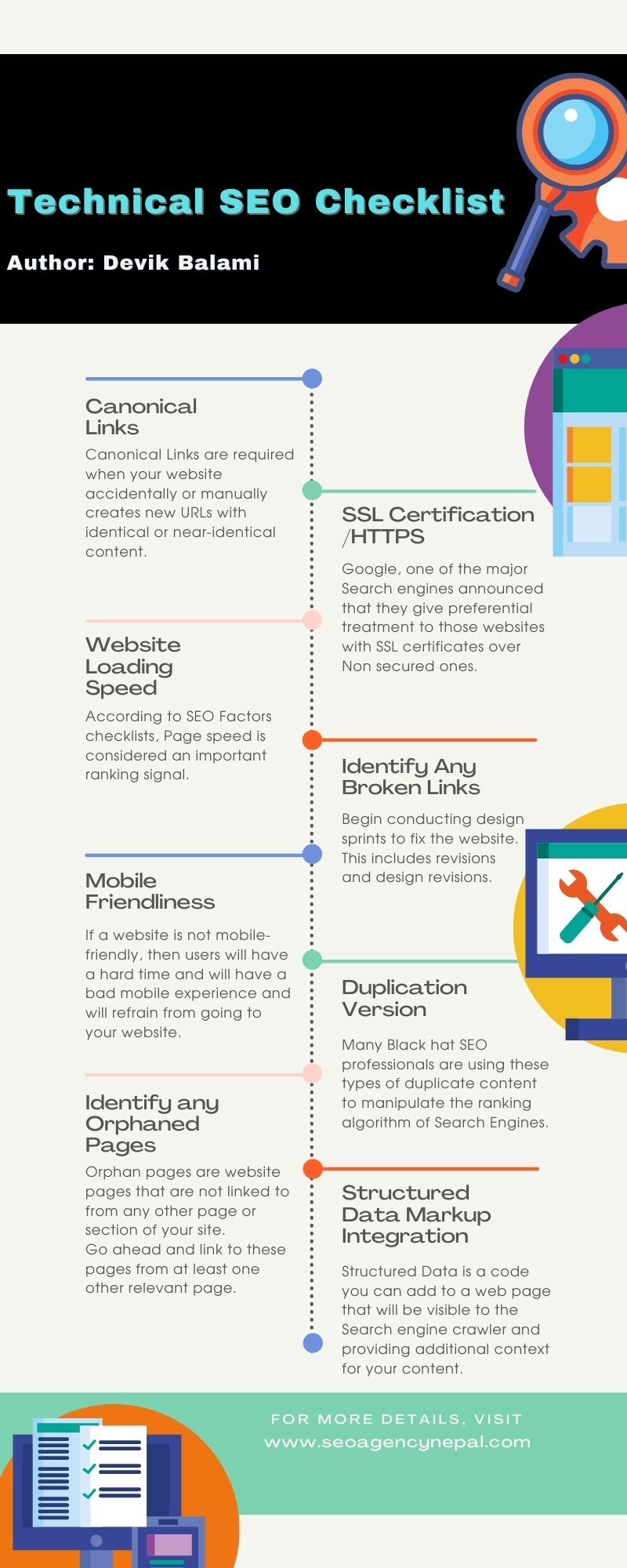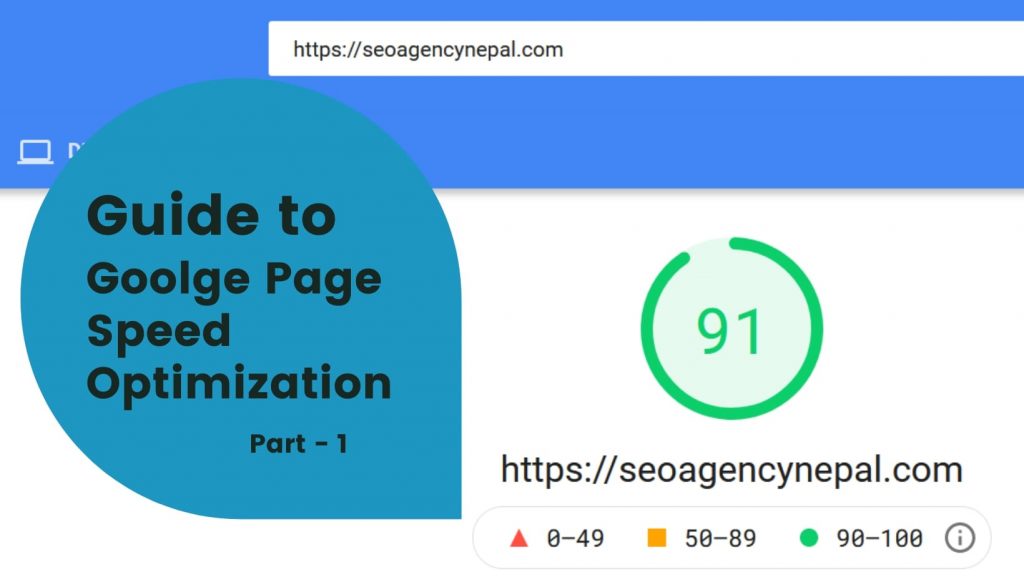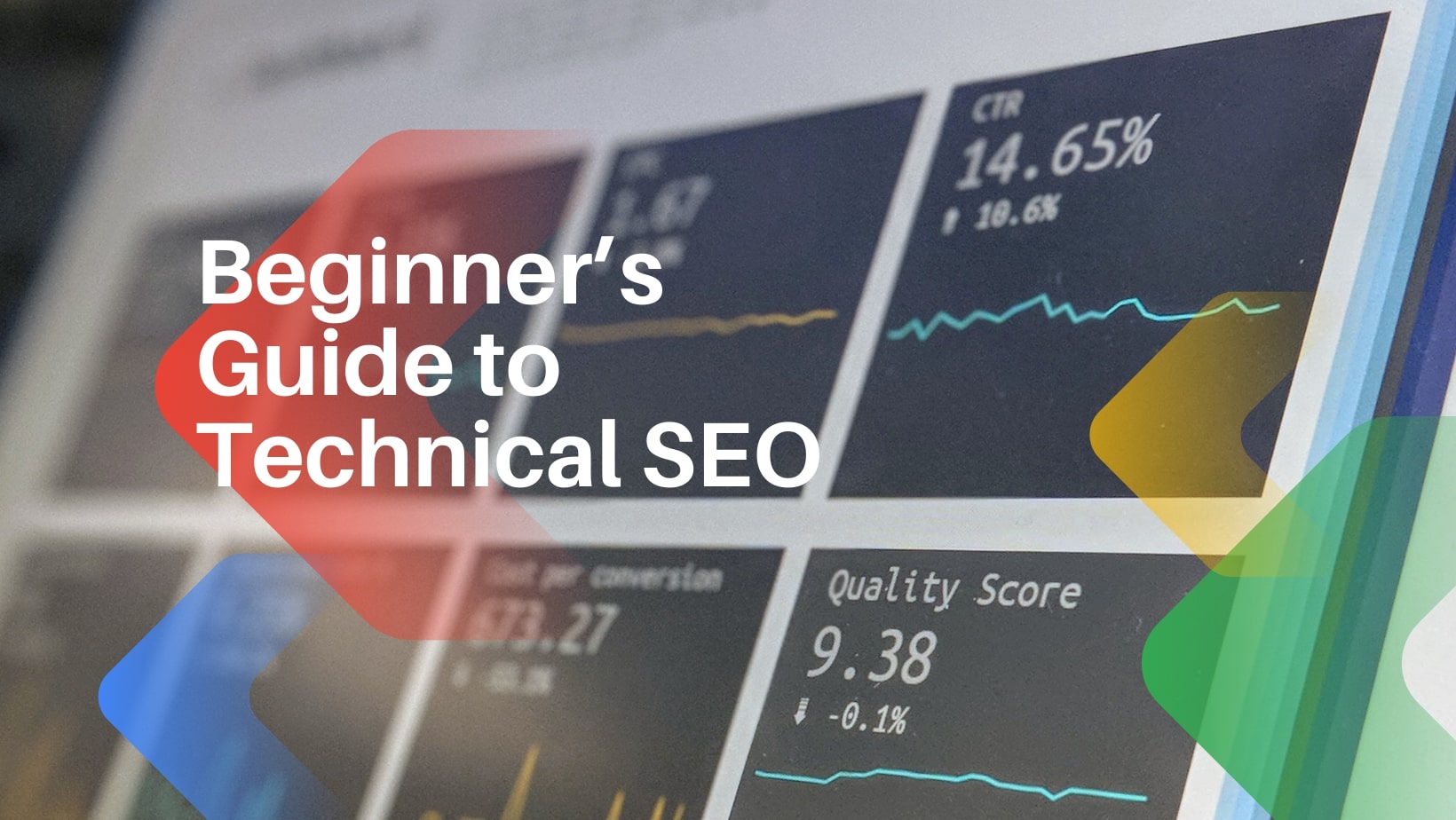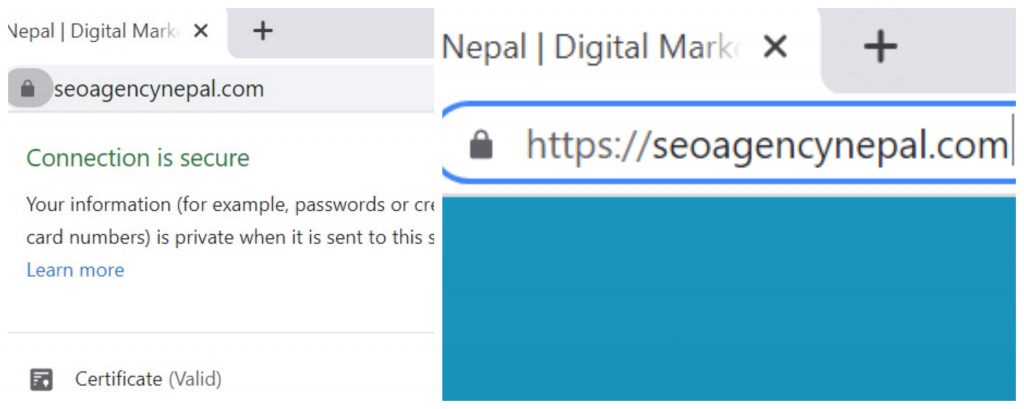Technical SEO is a basic SEO practice that involves website and server optimization that helps to improve the Organic ranking of any website.
If your website consists of various technical problems besides having great content or great links to boost your website, it will hurt your organic ranking and traffic.
Just know that Search Engines is going to give a better treatment if your website displays technical characteristics i.e. loading speed of your website, AMP-enabled website and so on.
What is Technical SEO?
Technical SEO is a set of different optimization work to enhance the ranking factor of your website for better ranking and better organic traffic. It doesn’t mean that if you are an SEO professional or Digital marketer, it’s not your job to fix these problems.
You need to know about Technical SEO and it is only the best practice according to guidelines provided by Search Engines.
Technical SEO Checklist

Here are 6 different Technical SEO best practices that have a high impact in the short as well long term.
1. Canonical Links
Canonical Links are required when your website accidentally or manually creates new URLs with identical or near-identical content.
It is a very important procedure to implement but know that the Canonical link element is the solution to the above problems. Having different URLs for the same services is not common but know that these elements help to ensure the right page.
for example, you have Page A and Page XY. Page XY’s contents are almost identical to Page A. So you can insert a canonical link element in Page XY stating that contents from this page belong to Page A and index Page A rather than Page XY.
Put this element on Page XY.
For detailed information on Rel-Canonical: SEO Best Practices for Canonical URLs
2. SSL Certification
SSL stands for Secure Sockets Layer is secured technology that provides a secured encrypted link between a browser and Web Server.
You can identify SSL websites easily.
i.e. https://moz.com
Google, one of the major Search engines announced that they give preferential treatment to those websites with SSL certificates over Non secured ones.
This can be done by installing an SSL certificate.
3. Loading Speed of Website
In this modern era, search engines prefer fast loading website over the other. According to SEO Factors checklists, Page speed is considered an important ranking signal.
So how to increase the loading speed of your website:
- Fast Hosting and DNS provider
- Use a minimal number of HTTP requests, scripts and plugins
- Optimize your image size to a minimum
- Compressing your website using GZIP or a similar platform and so on.

4. Discourage Duplicate Contents
Google and Bing announced that any duplicate content in your website can complicate or confuse the users or search engine itself. Many Black hat SEO professionals are using these types of duplicate content to manipulate the ranking algorithm of Search Engines.
How to check Duplicate contents:
- siteliner.com
- site: domain search
So how to fix duplicate contents:
Refrain from using Master content in all your landing pages or prevent your CMS from creating multiple URLs using duplicate content.
As mentioned before, always use Canonical Element.

5. Mobile Friendly Website
Out in the digital world, there are many who are using mobile to search about the products and services they need. If a website is not mobile-friendly, then users will have a hard time and will have a bad mobile experience and will refrain from going to your website.
With Google’s new algorithms, every website must strive for mobile-friendly design.
How to check:
- Google Mobile-Friendly Tool
- Google Search Console
6. Use Structured Data Markup
With new algorithms and changes in Search engines such as Google and Bing, they are encouraging digital marketing professionals and webmasters to use structured data.
Structured Data is a code you can add to a web page that will be visible to the Search engine crawler and providing additional context for your content. This will help Search engines index and crawl your website ineffective way with better results.
Example: Using structured data markup to show star ratings on the SERP page or prices of the products.
These characteristics lead to better CTR and help to a general a good number of organic traffic.

Closing Remarks:
There are many other technical SEO practices but these 6 practices have a very high impact and needless amount of time to fix the problems.
It’s never too late to fix these problems and acquire better organic ranking and traffic.
Make a checklist and run a diagnosis and prioritize these problems first and foremost.



